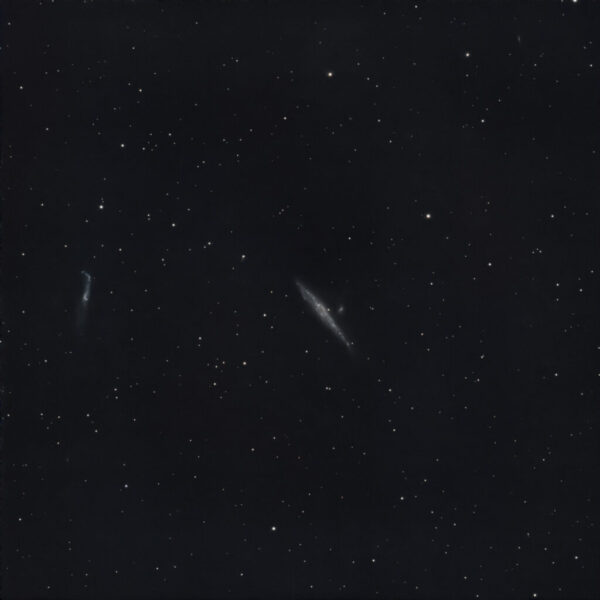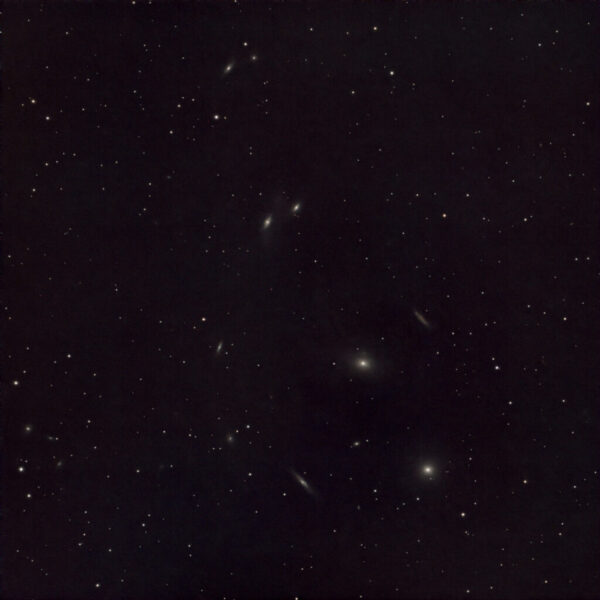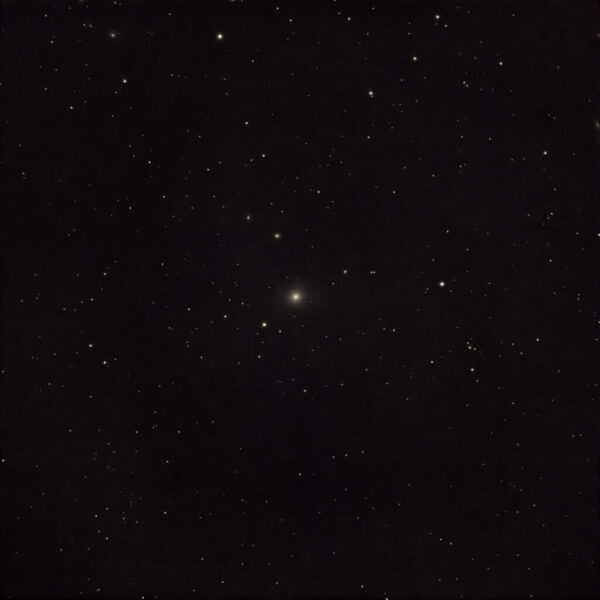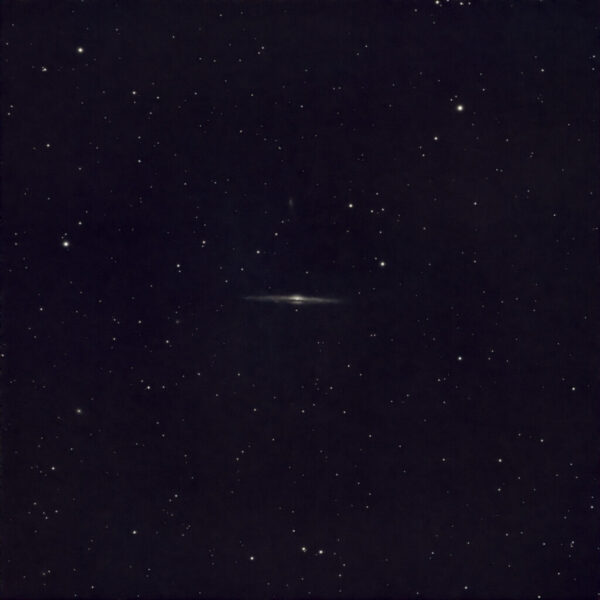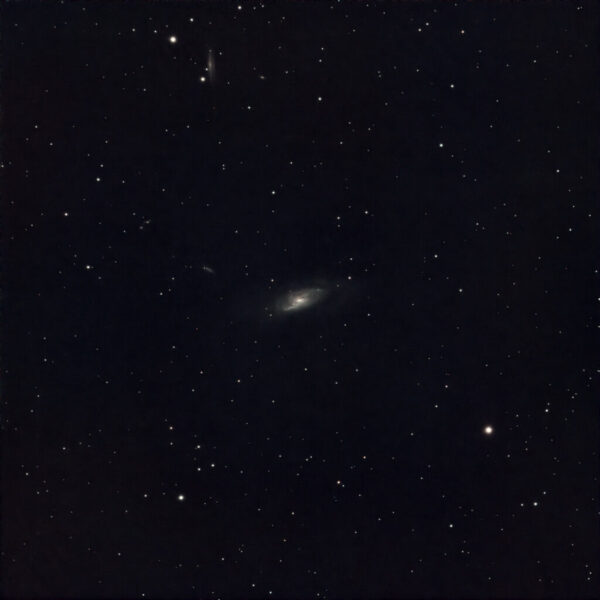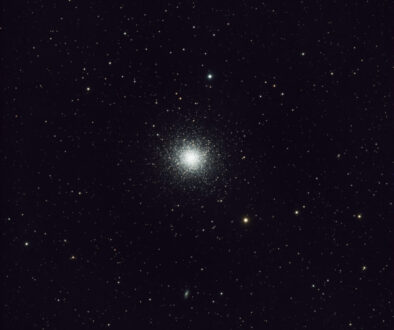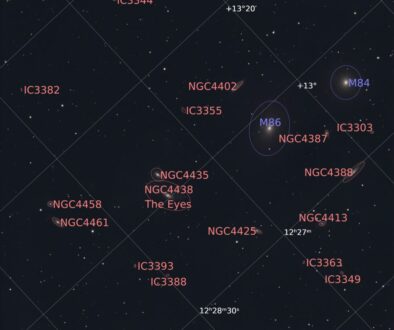I captured dozens of galaxies (and trillions of stars) in one single night
The night of April 17, 2025 wasn’t my typical imaging session, but a sort of a cosmic experiment. Instead of focusing on one deep-sky object, I set myself a challenge: capture as many galaxies as possible in just two hours, all within the rich region of sky stretching from the Virgo Galaxy Cluster to Coma Berenices.
Each galaxy image you will see below was captured with a modest 15 minutes of total integration time. My goal wasn’t to go deep, but to see just how many distant galaxies (and stars) I could fit into a single evening’s work. All the images have been captured with my ED80 APO refractor, a OSC camera (ZWO ASI533MC PRO), a light pollution filter (Optolong L-Pro) and the ASIAIR.
The results? In just this small patch of sky, I managed to photograph M87, M106, Markarian’s Chain, the Needle Galaxy, the Whale Galaxy and the Hockey Stick Galaxy. When you add up the estimated number of stars in these galaxies, you get a total of about 2.65 trillion stars!
I did a little research to roughly estimate of the combined total count of stars contained in all those galaxies, just for fun.
By using the best available figures based on current astronomical data (see table below), the result is beyond human comprehension: 2.95 trillion stars (≈2,950,000,000,000)!
| Galaxy/Group | Approximate Star Count |
|---|---|
| M87 | 1.5 trillion |
| M106 | 400 billion |
| Markarian’s Chain | 700 billion |
| NGC 4565 | 240 billion |
| Whale Galaxy | 100 billion |
| Hockey Stick Galaxy | 10 billion |
| Total | 2.95 trillion |
And below, you can finally see the images of all the galaxies I imaged on that night!
